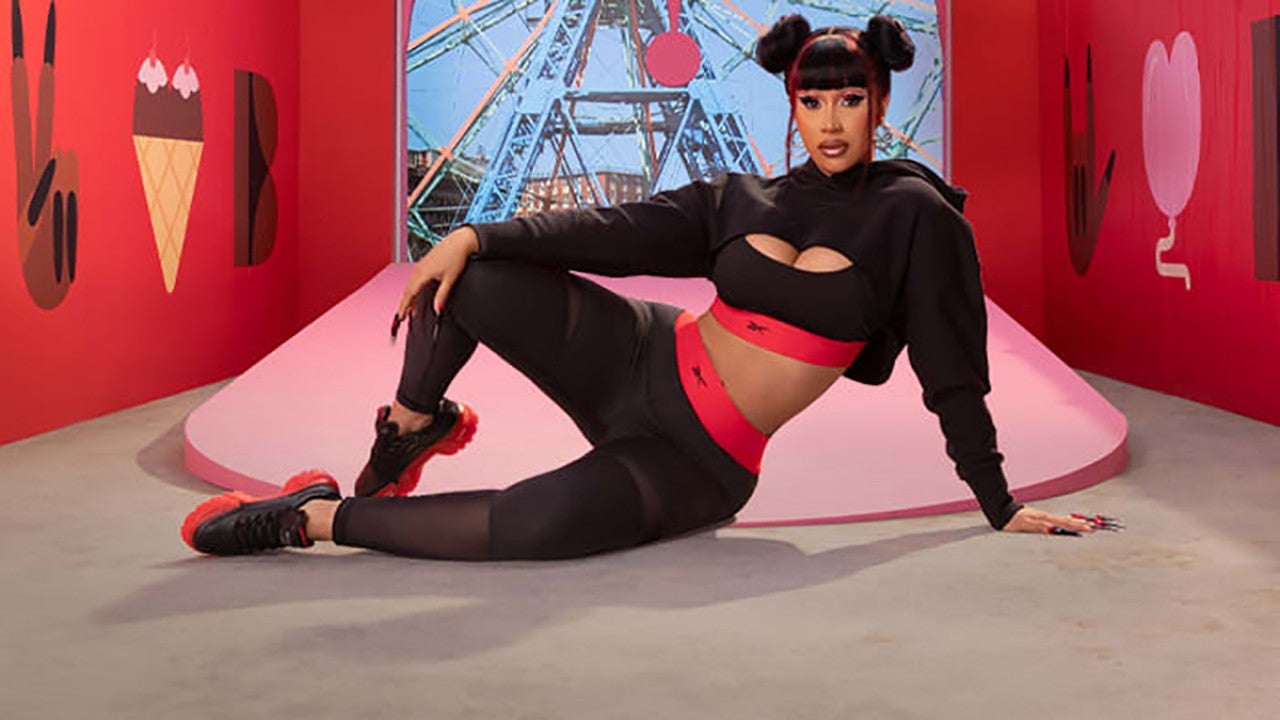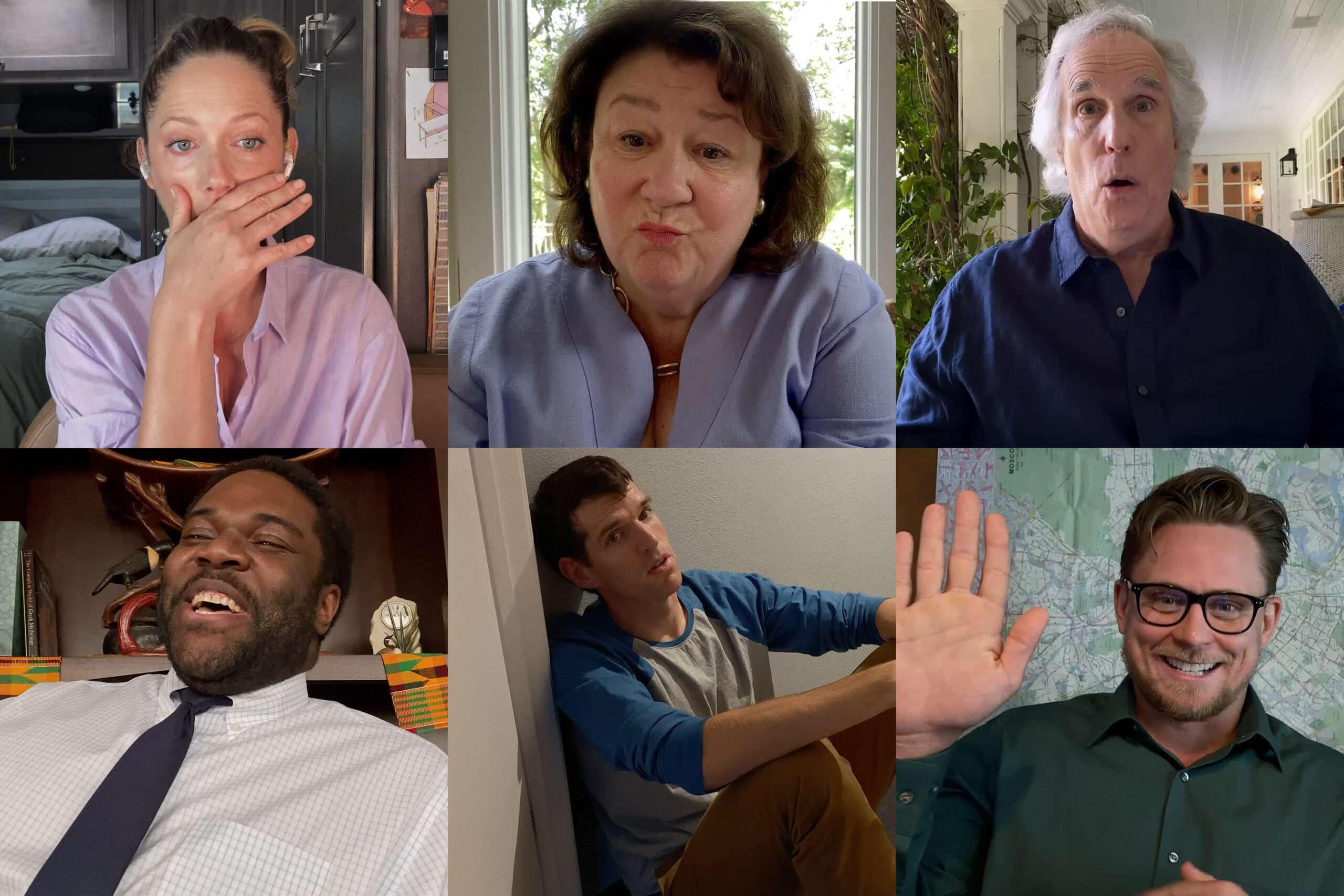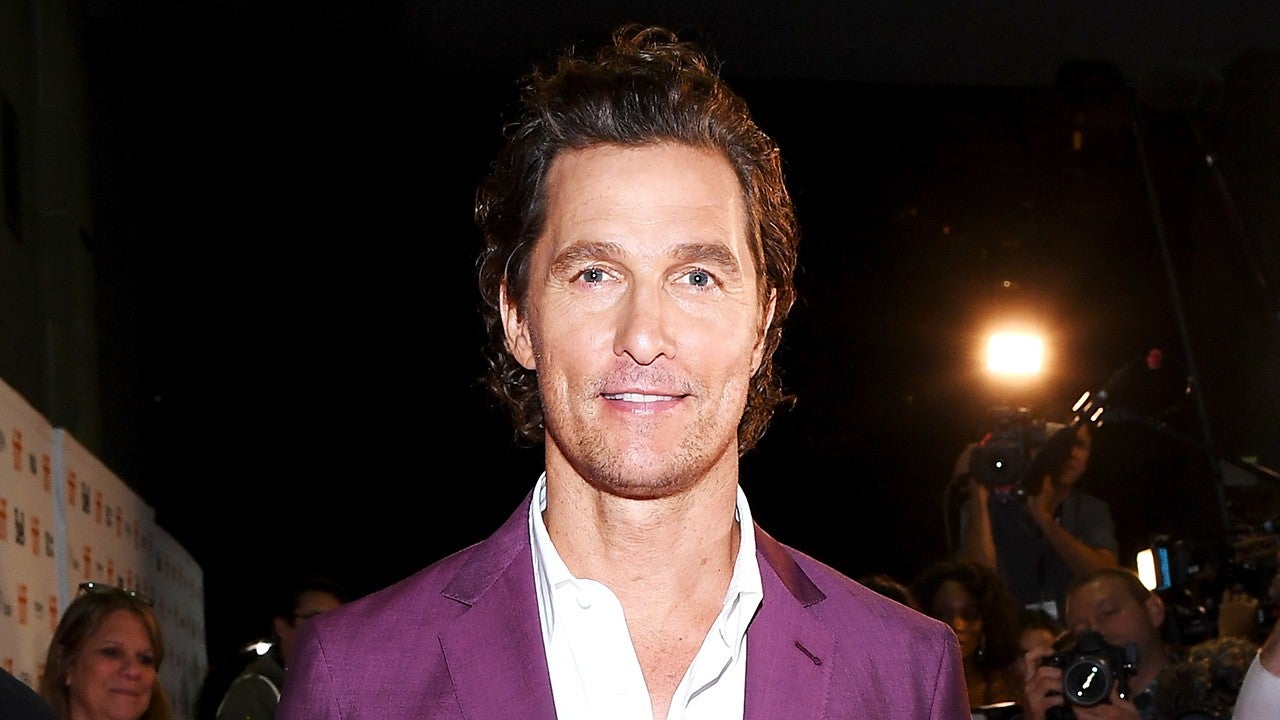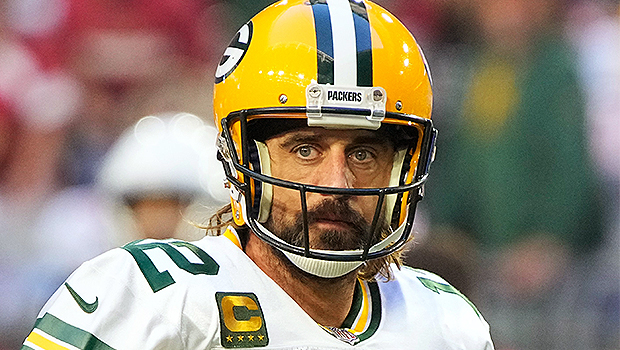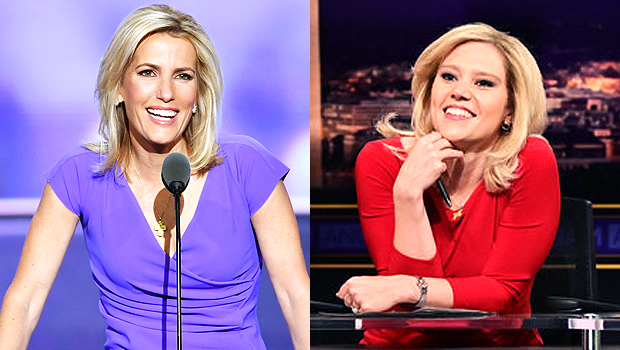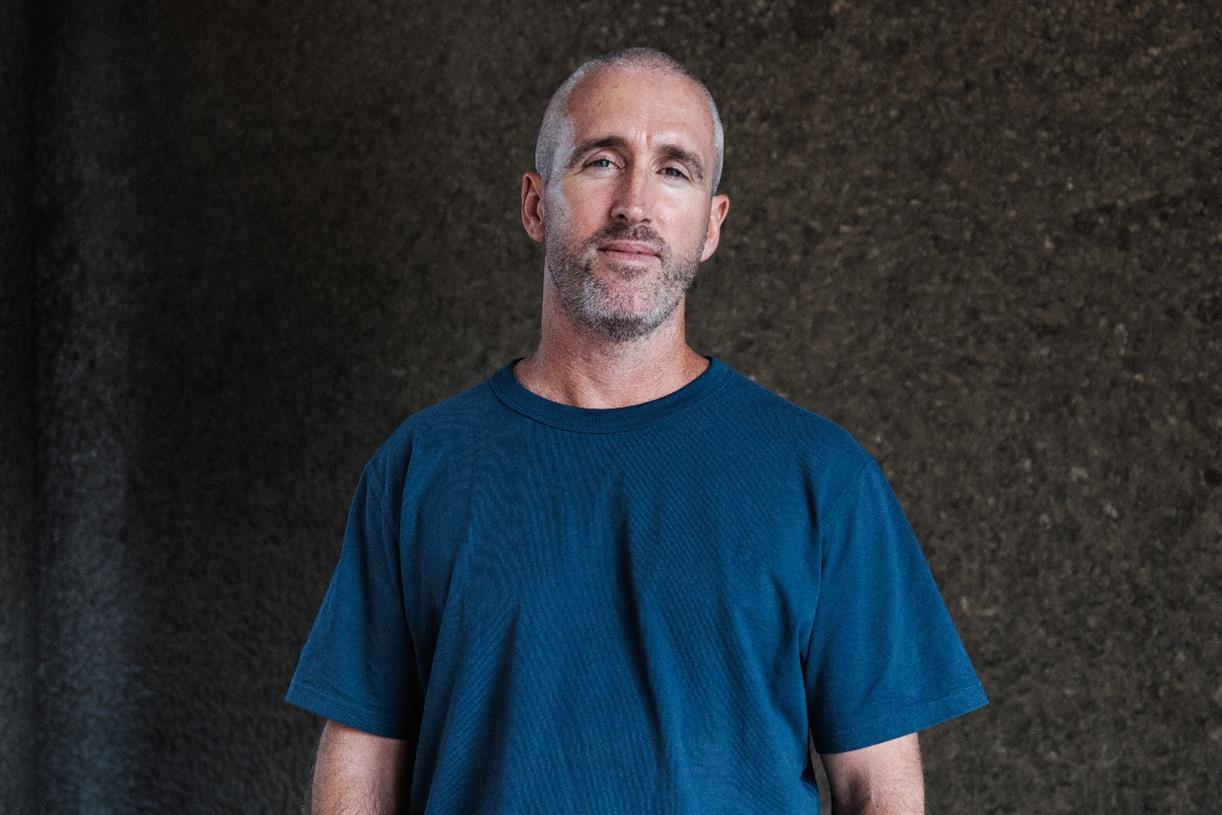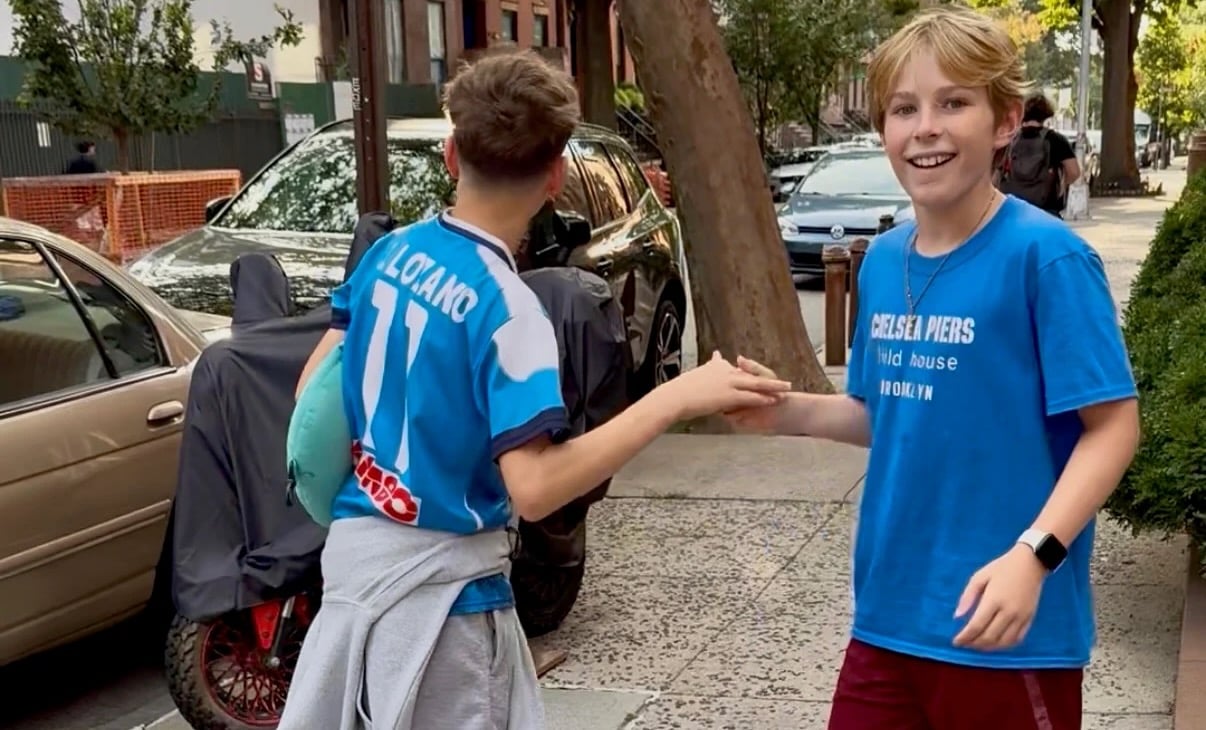Tribeca 2022 Women Directors: Meet Sarah Adina Smith – “The Drop”
Sarah Adina Smith’s first feature, “The Midnight Swim,” won six top prizes on the festival circuit. Her other features include “Buster’s Mal Heart” and “Birds of Paradise.” Smith has also been making waves as a director in the TV...
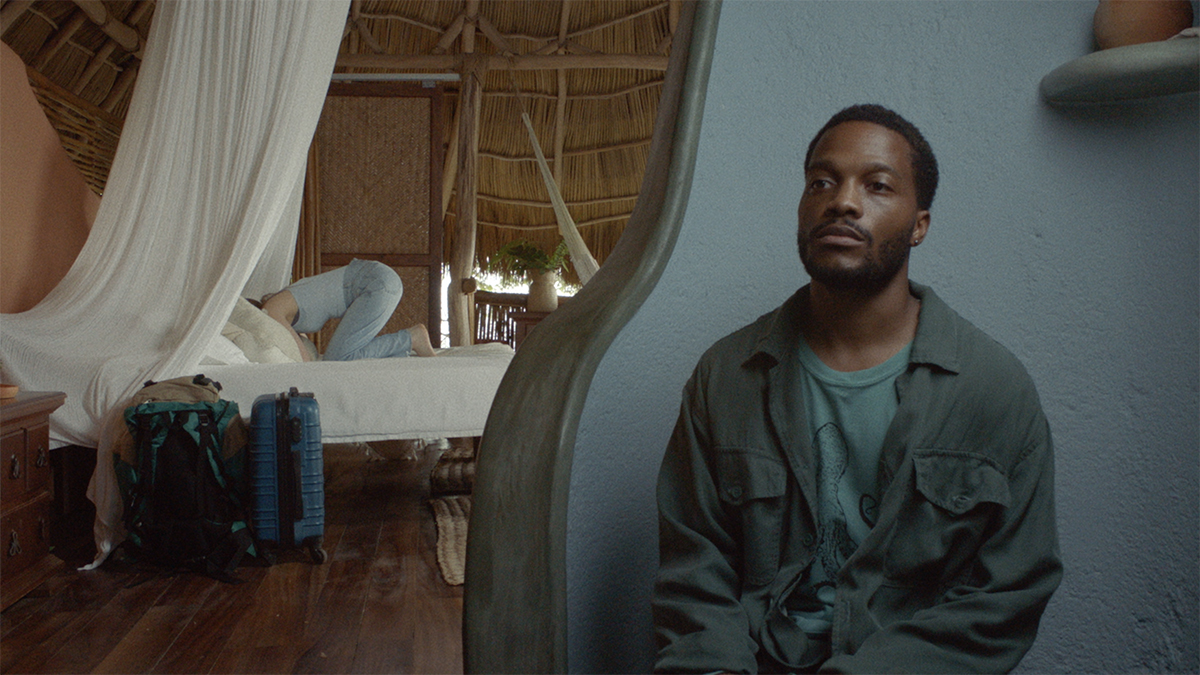
Sarah Adina Smith’s first feature, “The Midnight Swim,” won six top prizes on the festival circuit. Her other features include “Buster’s Mal Heart” and “Birds of Paradise.” Smith has also been making waves as a director in the TV space, helming episodes of Amazon’s “Hanna” and Hulu’s “Looking for Alaska.”
“The Drop” is screening at the 2022 Tribeca Film Festival, which is taking place June 8-19.
W&H: Describe the film for us in your own words.
SAS: “The Drop” is a comedy about a happy marriage put to the test when the wife accidentally drops a friend’s baby. It’s also just a really fun ensemble portrait of hipsters in paradise. Everyone has this firm idea of themselves and their future that suddenly gets shattered by the dropping of a baby. Wholesome stuff.
W&H: What drew you to this story?
SAS: My husband once said to me that if I dropped a baby, even if was an accident, he would wonder if he had “married a dud.” He said that just as we were beginning to contemplate having a baby, so the timing was choice.
W&H: What do you want people to think about after they watch the film?
SAS: I don’t have any big moral or spiritual ambitions for this film. I want people to relax and have a good time watching it. I want them to leave with a smile and then go get a slice of pizza with the person they love most.
W&H: What was the biggest challenge in making the film?
SAS: Schedule is always a challenge for low-budget films like this, but it was particularly challenging for an ensemble improvised movie. There were a lot of moving parts and we were shooting in a fairly remote location in near 100 percent humidity, so it was logistically very challenging.
But also, this was a COVID movie and so on top of all the normal challenges facing an indie film, a lot of our time and resources went toward trying to keep a contained, safe “COVID bubble” for our cast and crew. Ironically, we didn’t have a single case of COVID on the shoot but half the cast and crew got severe diarrhea by week three.
W&H: How did you get your film funded? Share some insights into how you got the film made.
SAS: I had been attached to a different film, and even though that movie didn’t end up going, I felt a kinship with producer Lia Buman. So when we were meeting with financiers for this film, producer Jonako Donley and I thought she’d be a great fit. Lia has proven to be the best partner a filmmaker could ask for — she never stopped believing in us or the movie, no matter how hard the circumstances.
We were lucky because WME and ICM were both helping on the financing front and were tremendously supportive. And then on top of that, we had the killer team at Duplass Brothers Productions behind the movie, which gave financiers that extra boost of confidence.
But the film would never have come into being without the relentless hustle of my writing partner and fellow producer, Joshua Leonard, who kept pushing even when all common sense said to give up. That kind of hustle makes all the difference.
W&H: What inspired you to become a filmmaker?
SAS: I’m not one of those filmmakers who was born with a camera in her hands. I came to the craft relatively late. I had been a painter and had dabbled in acting while studying philosophy at Columbia. I turned toward filmmaking gradually, starting with some weirdo video art. Little by little, it started to become more narrative.
I have been learning as I go and I’m still learning all the time.
W&H: What’s the best and worst advice you’ve received?
SAS: An actor named Wally Dalton told me while making “Buster’s Mal Heart” that a director should always change their shoes at lunch. It makes the second half of the day feel fresh — puts some pep in your step! But also kind of gives you this moment alone of reflection. In all honesty, I rarely take that advice. But I think about it a lot.
The worst advice I’ve ever received is that Hollywood has a certain way of doing things and that you have to play by those certain rules, or you risk being shunned by the system. When you’re just starting out you almost always have to break the rules because there is no one “right way.” I always felt like the doors were closed to me, especially with agencies. It wasn’t until I started busting through walls in my own way that I was able to make something happen. And once I did that, the doors started to open up.
W&H: What advice do you have for other women directors?
SAS: One thing that can be difficult is people sometimes only want you to make the kinds of projects that square nicely with the person the think they see in front of them. For a long time, people looked at me and thought I should be doing YA or lighter fare based on my appearance. But I’m actually a dark and twisted person inside. What I love most are thrillers, sci-fi, and horror films. If I were smarter, I would have cultivated a look that matched the genre of movies I love most. So I guess my advice is dye your hair a crazy color and get lots of piercings.
What I’m actually trying to say is that people will pigeonhole you, which is a natural thing that humans do to try and understand one another. Sometimes it can be hard to defy those expectations. If anyone figures out how, call me.
W&H: Name your favorite woman-directed film and why.
SAS: Lynne Ramsay’s “We Need to Talk About Kevin” is an exquisitely directed movie. I think it might be a perfect movie, in fact.
W&H: How are you adjusting to life during the COVID-19 pandemic? Are you keeping creative, and if so, how?
SAS: I feel very fortunate because I made two pandemic-era movies: “The Drop” and “Birds of Paradise.” I’ve also gone very deep into writing and developing during this time, which has been a refuge. And I made a baby!
W&H: The film industry has a long history of underrepresenting people of color onscreen and behind the scenes and reinforcing — and creating — negative stereotypes. What actions do you think need to be taken to make Hollywood and/or the doc world more inclusive?
SAS: I think for Hollywood to really change, there needs to be more diversity at the top level where decisions get made about how money is spent and which stories to tell. The entrenched bias for a certain kind of storytelling runs deep. I don’t think most people are being intentionally exclusionary — quite the opposite! There has been a lot of earnest soul-searching and efforts to diversify. But actually sharing the reins of power is another thing entirely.

 Tfoso
Tfoso 








